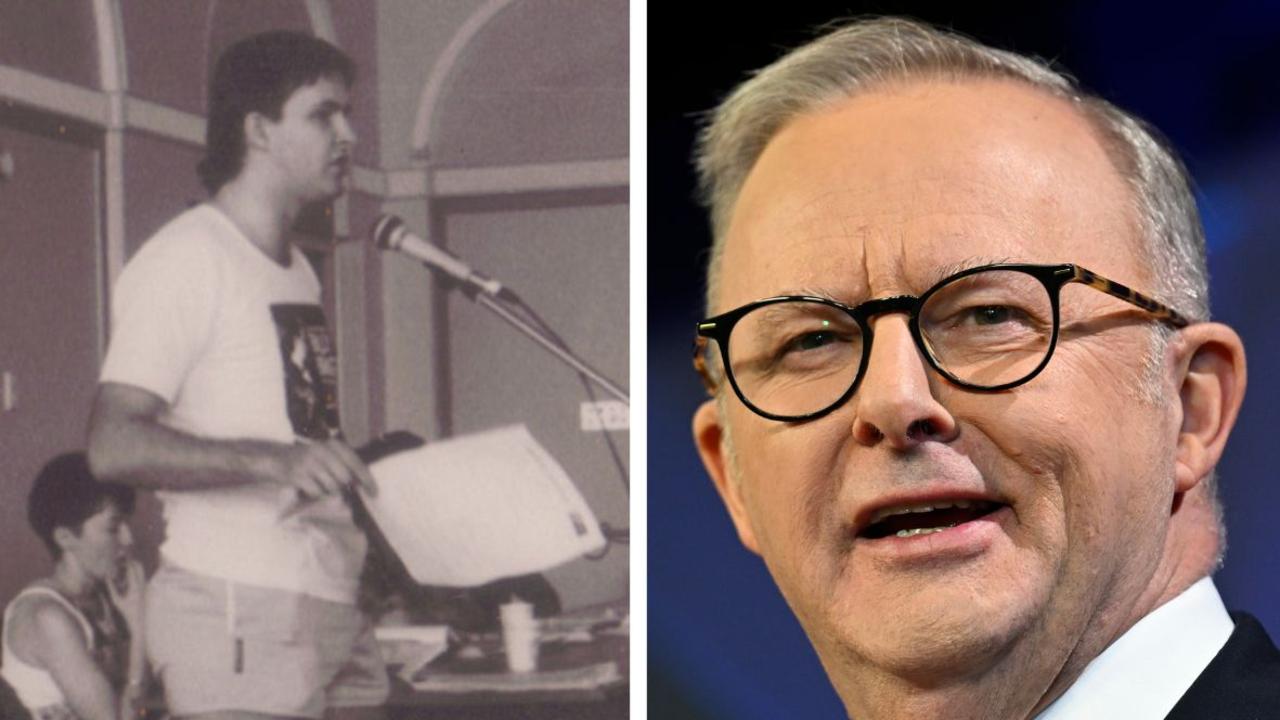Australian economic package: Multi-billion dollar stimulus plan
The Australian government has confirmed it is planning to unveil a multi-billion dollar stimulus package but there is one thing it won’t include.
Despite initially rejecting calls for a stimulus package, the Federal Government has confirmed it is working on a plan to bolster the Australian economy in the wake of the coronavirus outbreak.
Prime Minister Scott Morrison pushed back on calls for a major stimulus package earlier this week, and today confirmed a more moderate response.
“It will be a targeted plan. It will be a measured plan. It will be a scalable plan. It will be targeted on the real diagnosis of the economic issue we are looking to confront here,” Mr Morrison told reporters.
But Treasurer Josh Frydenberg confirmed it would not offer a “cash splash” to stimulate the economy, similar to Labor’s 2008 global financial crisis response.
“We won’t repeat the mistakes of the past with cash splashes,” he told Sky News.
Mr Frydenberg said the planned package would be aimed at countering the global economic impact of the coronavirus outbreak.
It is expected to include tax incentives to help businesses with cash flow, alongside tax deductions for new investments.
Funding will be also aimed at infrastructure spending, which normally translates to major road and rail projects.
RELATED: Follow the latest updates on coronavirus

“It will be worth billions in the terms of impact it will have,” Mr Frydenberg told Sky News.
“The package of measures will be responsible and will be scalable.”
The stimulus package is expected to by unveiled next week.
Treasury Secretary Steven Kennedy is expected to update parliament on Thursday about the economic impact of the spread of the COVID-19 virus.
A slowdown linked to the virus crisis is forecast to hit growth by a percentage point and risks plunging the economy into negative territory.
The virus has already a global impact, with the Dow Jones having its worst weekly finish since the 2008 financial market.
The Dow Jones Industrial Average fell 3583 points with Apple and Microsoft losing a combined $460 billion.
Closer to home the ASX has spiralled down with a loss last week of nearly 10 per cent, the index’s fourth greatest fall since 1980.
US markets regained some ground on Tuesday.
Crunching numbers: Here are all the times the Australia market fell more than 10% in a week from 1980-2020:
— Julia Lee (@JuliaLeeAU) February 28, 2020
1. & 2. October 1987: Stockmarket crash
3. October 2008: after Lehman’s collapse
And maybe for the 4th time.. February 2020: Covid-19 pic.twitter.com/oPBanDjwar
Shadow Treasurer Jim Chalmers said Labor intended to play a constructive role in helping Australia through the period.
But Dr Chalmers put the Government on notice should Australia’s decades-long run of continuous economic growth be broken.
“The Liberals and Nationals are now the custodians of those three decades of unbroken economic growth,” he told reporters.
“Australia is being tested right now by the economic impacts of this coronavirus and the government is being tested as well.”
Leader of the Greens Adam Bandt called for more action from the government to protect the millions of workers without sick leave who are unable to afford time off.
Millions of workers have no sick leave, but what do they do if impacted by coronavirus?
— Adam Bandt (@AdamBandt) March 4, 2020
Listen to doctor/gov, stay home & lose income? Or be financially forced to come to work, maybe infectious?
Until sick leave’s for all, gov must pay those affected Disaster Relief Allowance.
Samantha Mangwana from Shine Lawyers said the government may need to look at economic solutions to protect casual workers.
“There are members of the community who would be at serious risk of not receiving an income if they self-isolate so the government may need to look at something in order to fund sickness absence or isolation,” she said.
CORONAVIRUS RISING
The news comes as seven more cases are confirmed in Australia along with a second death.
A 95-year-old woman is the second person to die from the illness and was a resident at a nursing home facility in NSW.
It’s believed she may have infected eleven other people.
Coronavirus has a death rate of about 3.4 per cent.
There are currently 50 confirmed cases of the virus in Australia, with most cases located in NSW.
Despite the low number of infections, Australians are already panic buying, with toilet paper the most popular item. The virus does not have symptoms that impact bladder movements.
Woolworths has since moved to restrict customers to four packs per person.
A spokesman said it was to ensure “more customers have access to the products” and would not only be applied in-store, but online too.
“It will help shore up stock levels as suppliers ramp up local production and deliveries in response to higher than usual demand,” the spokesman said.



